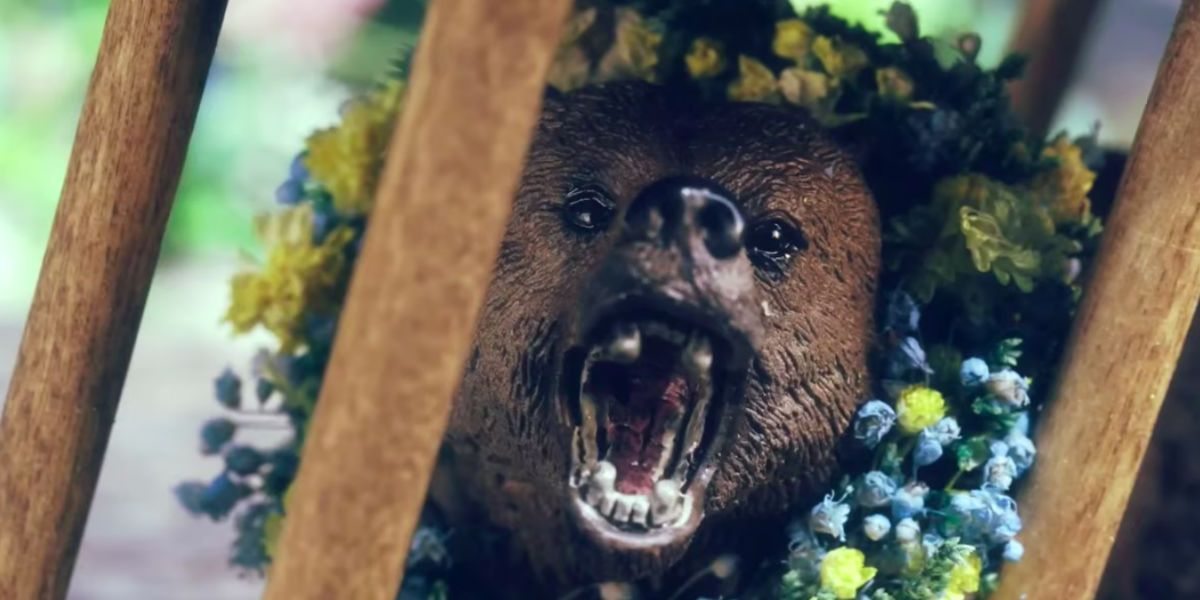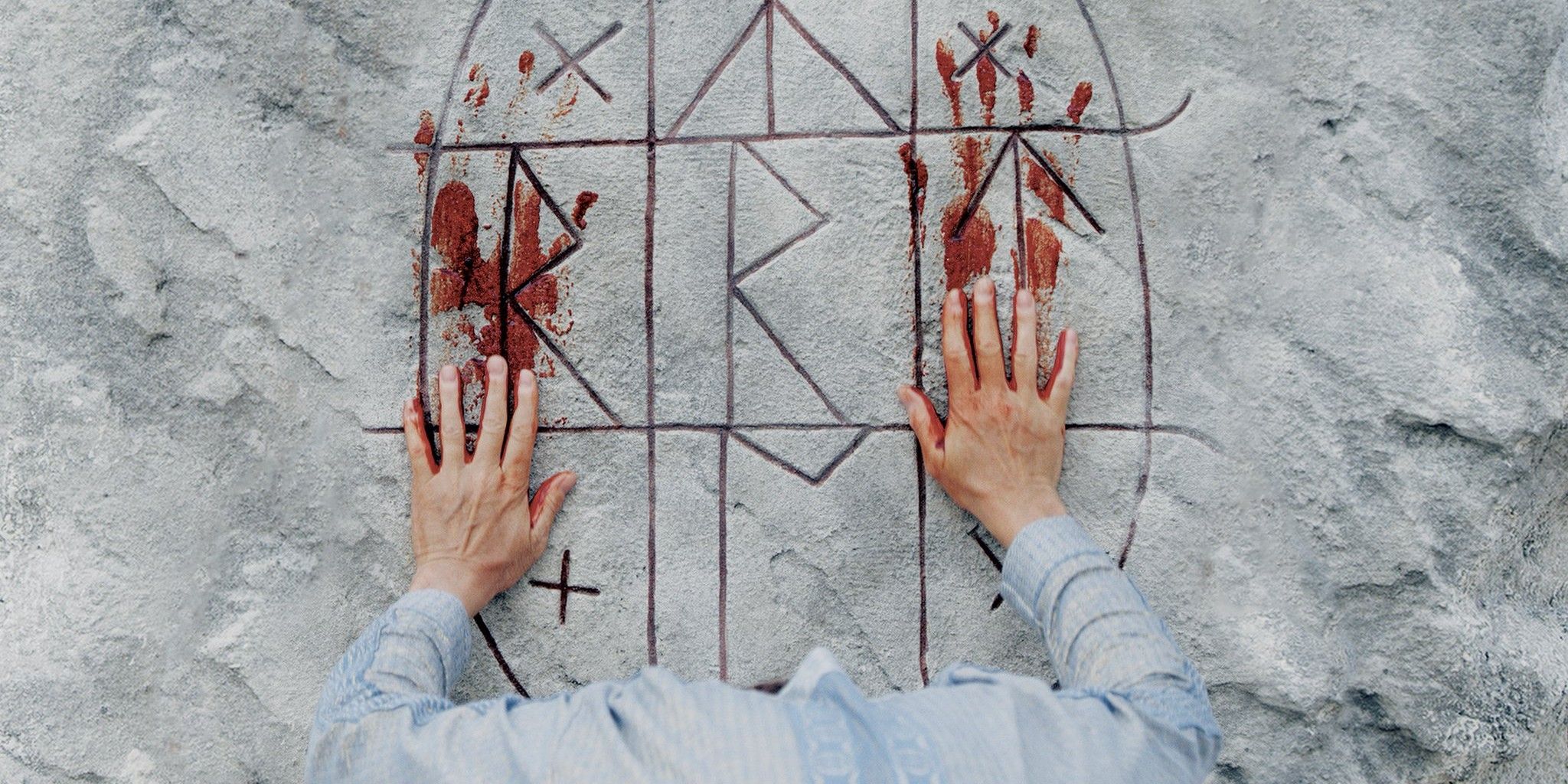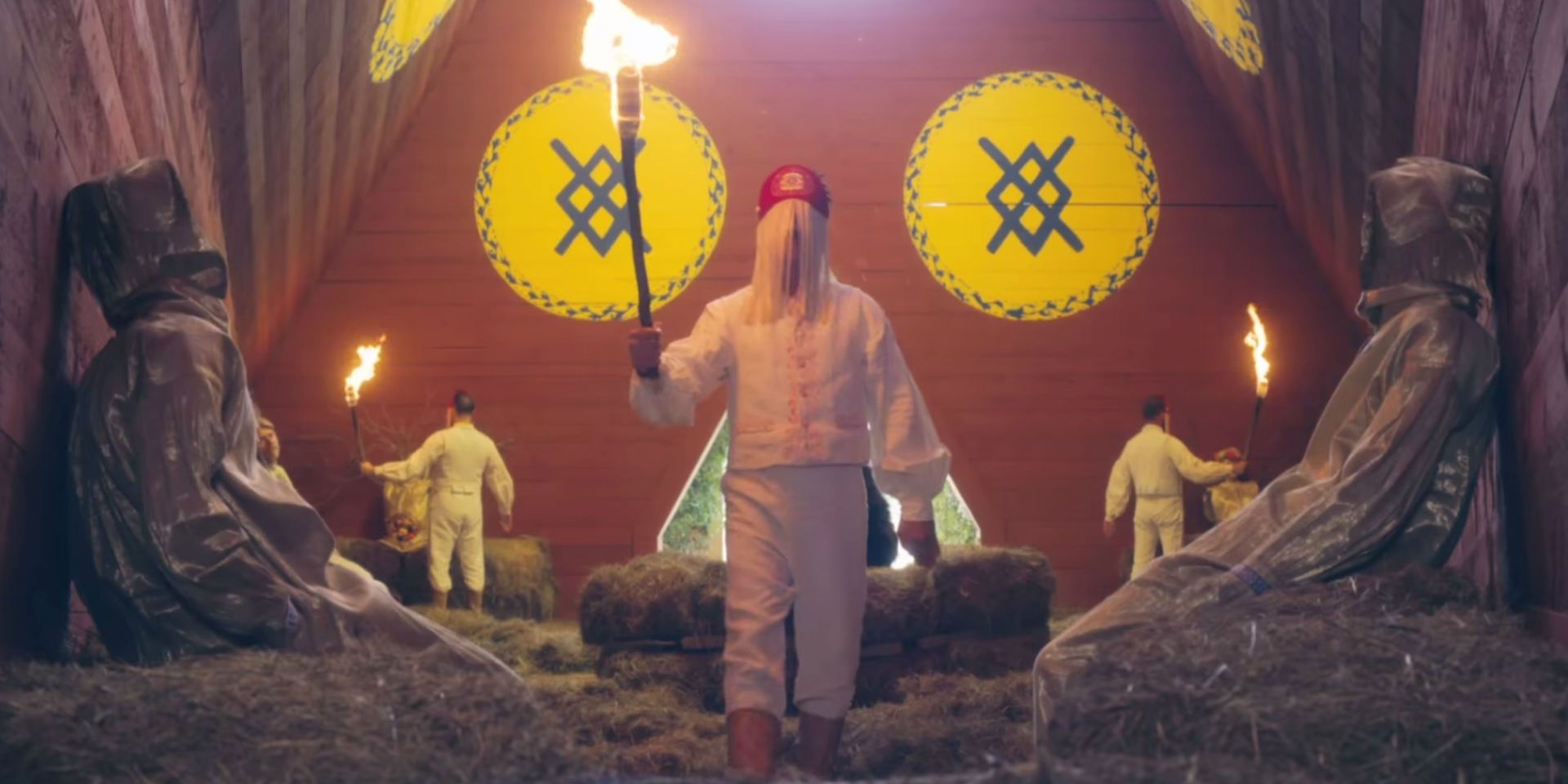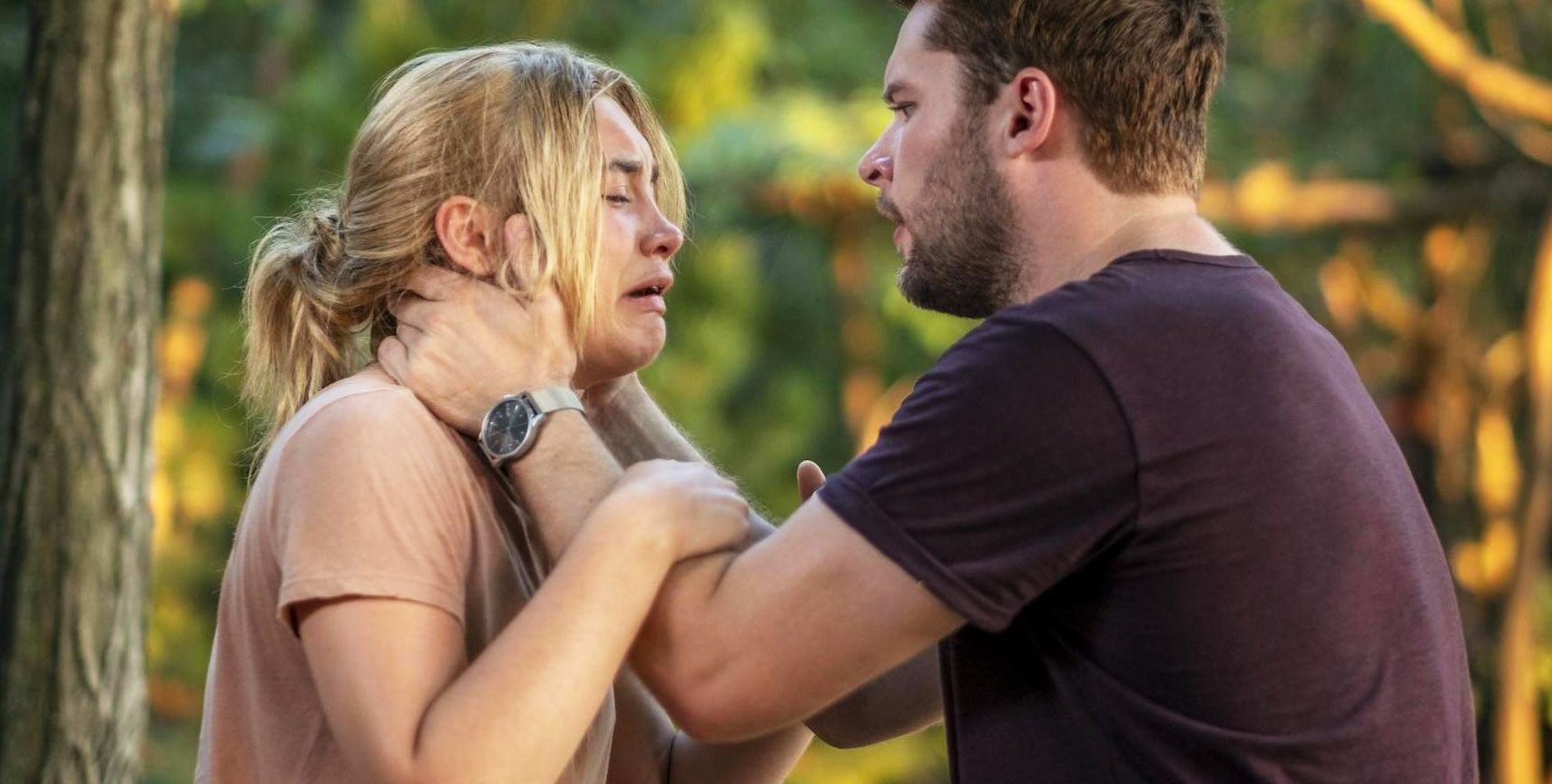Director Ari Aster's Midsommar is a film full of mysterious elements, including the infamous bear in a cage, an unexpectedly significant character. In 2018, Aster burst onto the horror scene with his mesmerizing debut Hereditary, which starred Toni Collette as a woman struggling to keep both her family and sanity together after tragedy strikes. Of course, that's just the surface-level summary, as Hereditary contains layers upon layers of things to examine. While the film - like other "arthouse horror" efforts such as The Witch - proved a bit divisive among genre fans, those who loved it tended to really love it.
The same held true for Aster's 2019 sophomore effort, Midsommar. A sort of modern day riff on The Wicker Man - the 1973 original, not the Nicolas Cage version - Midsommar focuses on a group of college-age friends who head to Sweden after being invited to a remote festival that only happens once every 90 years. The group sees this journey as an opportunity to both have a good time and experience an unknown culture, but needless to say, they get more than they bargained for.
Like Hereditary, Midsommar is a film ripe for examination, as very little is spelled out for the audience. One element that's become a favorite of many is the bear in a cage that's briefly glimpsed early on in the movie, and ends up paying an important role in Midsommar's shocking ending. While Aster doesn't like to tell his viewers what to think about his films, we do have some idea what the bear is supposed to symbolize.
Midsommar: The Bear Is an Important Mythological Symbol
In an interview following Midsommar's release, Aster remarked that he chose to use the bear the way he did because the animal is an important figure in Norse and Scandinavian folklore, making its appearance appropriate for a ritual performed by the Swedish Harga cult. While Aster didn't expand on why using the bear appealed to him so much, it's clear from its brief first appearance that the caged bear will have major significance to the film. The seeming randomness of it being there is played for laughs, but considering the dread that permeates most of Midsommar, the sheer strangeness of the bear's presence sent the message right away that things weren't as they seemed.
Midsommar: Burning Christian in the Bear Suit Cleanses the Harga of Sin
As revealed near the end of Midsommar, the titular festival's ultimate event is the ritual sacrifice of nine human lives, four Hargans, four outsiders, and one chosen by the May Queen, who of course ends up being Dani (Florence Pugh). As discussed endlessly by fans, it seems like Dani was destined to become May Queen, with many pieces of foreshadowing becoming apparent only after the first viewing. A scorned Dani chooses boyfriend Christian to sacrifice, who's then sewn into the now deceased bear's skin, and burned alive with the other sacrifices. This act is intended to cleanse the Harga, and in this case Dani herself, of their "worst affekts," those being their flaws or sins.
Midsommar: The Bear's Use Puts a Twist on Norse Mythology
In Norse, or Viking mythology, the bear is closely associated with Odin, and Viking warriors looked at bears as creatures to be admired. Thus, the highest class of Viking warriors, dubbed Berzerkers, would sometimes wear bear skin as armor when engaging in battle. Yet, when Christian is in the bear costume in Midsommar, he's at his absolute weakest, rendered unable to defend himself. It's an inspired twist on the traditional mythological role of the bear, and considering Ari Aster's penchant for being provocative, there's no way it was an accident.




